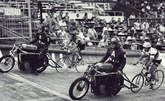
Given the topicality of the issue, I want to take the opportunity to highlight a seminal case in sports law. The importance of the case arises because it addresses issues about the boundary between sport and economics. One where economics tends to dominate sporting issues. Like the Bosman case, this case is an important one in European sport law.
The 1974 case involved a sport where cyclists are lead out, or paced, by motorcyclists. In almost all cases the motorcyclist is paid by cyclist and broadly follows the direction of the cyclist. When it came to the motor-paced World Cycling Championships, it was decreed that the cyclist and the pacer needed to be the same nationality. Such a rule caused difficulties for the famous Dutch pacers Bruno Walrave and Noppie Koch who frequently teamed up with cyclists of other nationalities. Walrave and Koch took the issue to the Courts in the Netherlands and it was sent to Europe for clarification.
The key issue in the case was the definition of the team. It was noted that persons attached to the team but who do not take part in the competition could not be regarded as part of the team. A number of grounds were considered important including the technical characteristics of the activity in question and the frequency of participation in the team. An important consideration was the distribution of prize money. Given that prizes were given to both the pacemaker and cyclist, Walrave and Koch were on their way to winning the case.
Once a sporting activity becomes an economic activity is becomes subject to the EU Treaty (although there is plenty of fuzziness about what constitutes an economic activity). An important feature of the Walrave and Koch case is that nationality was accepted as grounds for defining a team. Having an Irish team comprising of only "Irish" players is acceptable. It suggested there is a sporting realm where EU Treaties do not apply. The case may have shown that pacers are part of a motor-paced cycling team but it also clarified that there is such a thing as a national team.
The decision has a large amount of dispassionate logic to it. It has more economic logic than sporting passion. The same cannot, and possible should not, be said about the topical coverage of the Declan Rice saga.
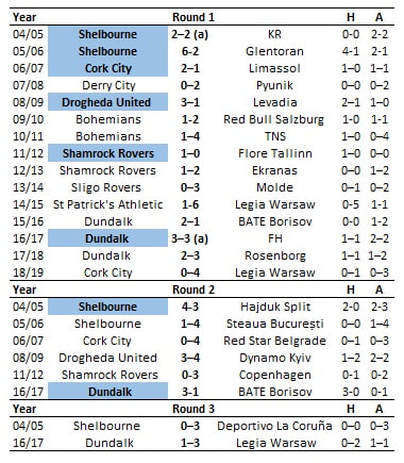

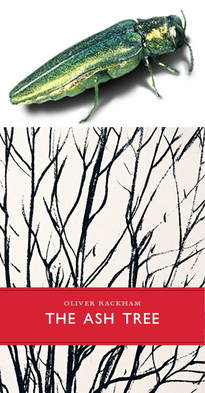

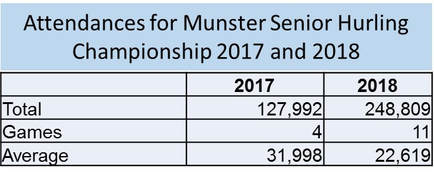
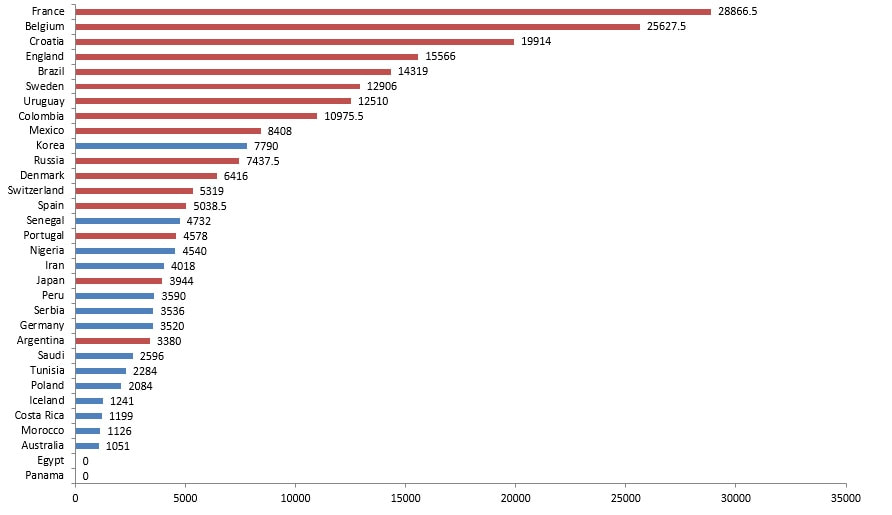

 RSS Feed
RSS Feed